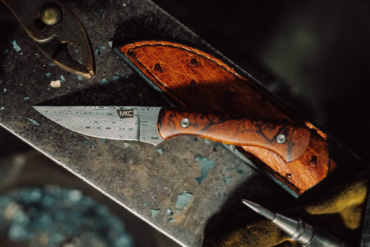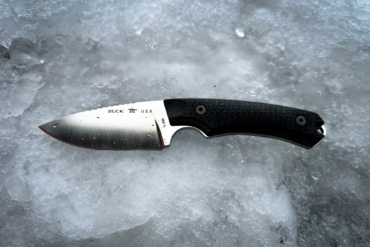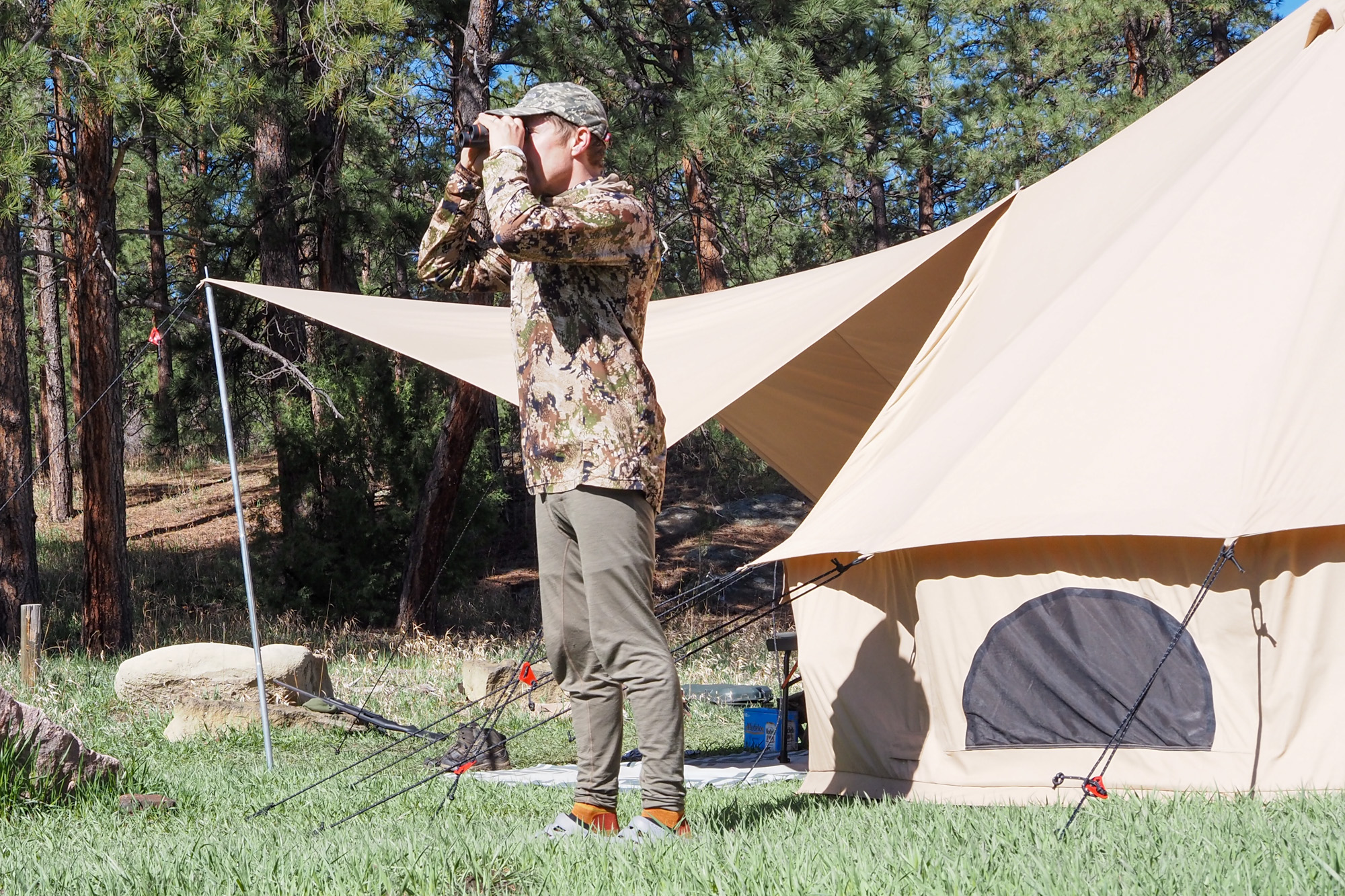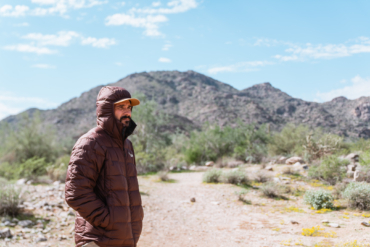Deer hunting season is fast approaching, and now is the best time to figure out your treestand situation.
Your blind is just as important as your accuracy, and finding the right one for your unique situation is crucial.
So if you’re buying your first stand, or simply ready for something new, it’s important to understand all your options along with the factors that should influence your decision. Let’s take a look at all these points to help you bag that prize buck.
If you’re just breaking into hunting, consider reviewing our beginner’s guide to hunting to help get you started, and check out GearJunkie’s guide to the best treestands.
Types of Treestands
The first step in choosing a deer stand is to understand the different types out there. Here’s a brief introduction to your options.
Hang-On Stands

This type of treestand is best suited to hunters who want to get up into their perch quickly and quietly. The hang-on stand is a one-piece, fixed-position stand where the seat and platform are one solid unit.
However, these stands take a little finesse to lug up into the tree and secure them using straps or chains. But once they’re secure, you can leave them for days on end and — after you’ve installed your steps — quietly and stealthily climb up into them without alerting the whole neighborhood to your presence.
The XOP-Xtreme Air Raid is an excellent choice in this department.
Pro tip: Screw-in steps may not be allowed on some lands, so be sure to check the rules beforehand.
Climbing Stands

As the name suggests, these are deer stands that you also use to climb the tree. The seat and platform are two separate units, and you can shimmy your way up the tree by alternating between moving the upper and lower pieces.
The upsides to this type of blind include:
- Mobility
- Easy adjusting
- No step installation
Also, there’s no chance of this stand being stolen, as you can pack it up every day. However, keep in mind that you may need to trim several branches to get to your preferred height, and that climbing stands tend to be more expensive than hang-on stands.
For this type of stand, we recommend the above Summit Goliath SD.
Ladder Stands

Ladder stands are the bulkiest option in the deer stand world. These stands include a multipiece assembly consisting of a ladder, platform, and seat that are all secured to the tree using straps.
While significantly heavier and harder to set up than the other two options, ladder stands do provide flexibility, as they can be secured to almost any tree along with increased comfort and space.
Check out the River’s Edge Relax if a ladder stand is for you.
Tripod Stands

While technically not a treestand per se, the tripod is perfect when you’re scoping out a field with limited tree availability. This option is entirely freestanding, provides 360-degree sightlines, and some even come with two-person seats!
Check out the Big Game Treestands Defender Tripod at Cabela’s, pictured above.
Tree Saddles

It’s not quite a treestand, but it’s not quite not a treestand. Saddles are growing in popularity for a few reasons. They’re light, relatively affordable, and easy to pack into hard-to-reach spots.
Reminiscent of climbing gear, your harness combined with a platform for your feet is your stand. This aspect incorporates safety into the setup. You’ll need to purchase a ladder or climbing sticks separately. But a tree saddle does give some flexibility that other stands don’t offer, you can move around the tree for a best-shot advantage, and once you get used to it, shooting options are increased by this mobility.
We’re into Tethrd Systems. The brand’s Phantom Starter Kit is pictured above.
Points to Consider When Choosing a Deer Stand
Comfort
Every hunter knows that this isn’t a sport for the impatient. Therefore, pay special attention to comfort when picking out your blind, as you may be spending a lot of time in it! Consider these crucial points when perusing your options:
- Back padding
- Seat padding
- Back support
- Seat-to-platform height and adjustability
- Load capacity
Tumbling 15 or 20 feet from an overloaded treestand isn’t our idea of a good hunt. Therefore, carefully consider your weight plus all the gear you’ll be taking up into the stand — i.e., rifle, shotgun, or bow; ammunition; food; and all your assorted equipment.
If you’re toeing the line in terms of a prospective stand’s maximum weight capacity, do yourself a favor and go for a stronger option. It’s simply not worth the risk. Overall, ladder stands will typically provide the highest load capacities among treestands.
Branch Trimming
We tend to like a few branches, as they provide cover, but not so many that it’s impossible to get our stand to the right height. Unfortunately, this balance is hard to find, and you’ll likely find yourself trimming a few branches to get your stand exactly where you want it.
If this doesn’t appeal to you, ladder stands tend to be the most flexible regarding tree shape and branches because you’re not shimmying it up the tree. Hang-on treestands come next, and climbing stands rank lowest in this category, as you’ll almost certainly need to prune branches to get them up.
Be sure to check local regulations before trimming up tree branches.
Camo
While not absolutely required, a camo finish is a very helpful addition to most blinds for deer hunting. This is especially true for you bowhunters out there who need that buck to wander extra close so your shot can be as effective as possible.
If you’re rifle hunting, this is less of a concern, as the deer will be farther afield when you take your shot. Regardless, make sure your treestand doesn’t have any shiny or highly reflective points, as these can make your prey immediately bolt.
Safety: Harness & Haul Rope
While not technically part of your treestand, you should never climb up to your perch without one! Invest in a harness that’s both comfortable and easy to get in to. Remember, spending a few extra dollars on a harness is infinitely preferable than a trip to the ER.
Another important piece of gear is a rope to haul your firearm or bow into the tree. You shouldn’t climb a tree while lugging gear, so you’ll need to unload your weapon and hoist it with a rope once you’re securely in place. And keep in mind, falls and accidents in treestands are among the most common causes of injury while hunting. Be cautious, harness yourself safely in the tree, and never hoist a loaded firearm or bow.
Check out this great primer on treestand safety here.
Final Thoughts on Treestands
Don’t make the mistake of assuming your deer stand is simply a chair to sit in. It’s so much more! From the different types to the critical details, I hope this article has helped you pick out just the right blind for the forthcoming season.
Have fun and stay safe, eh?






